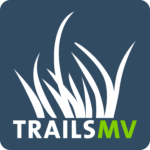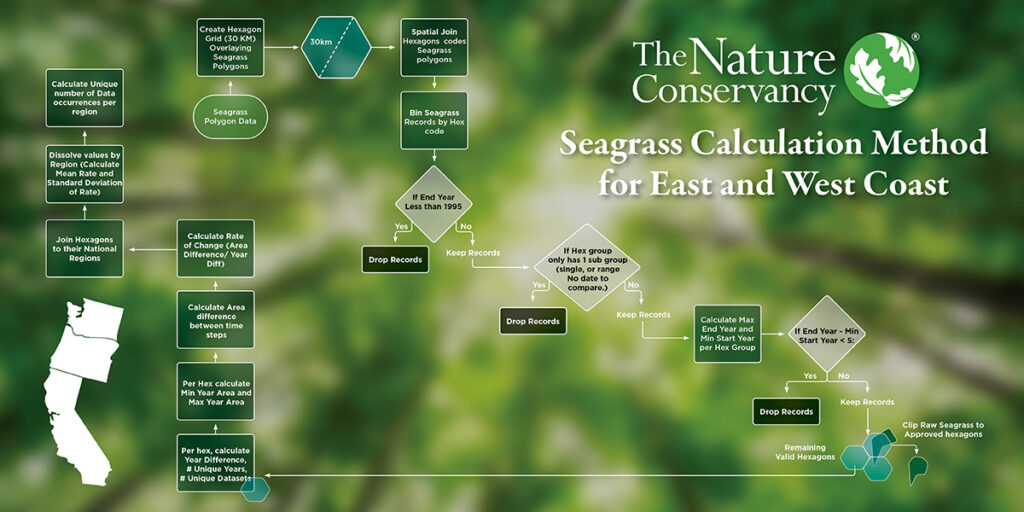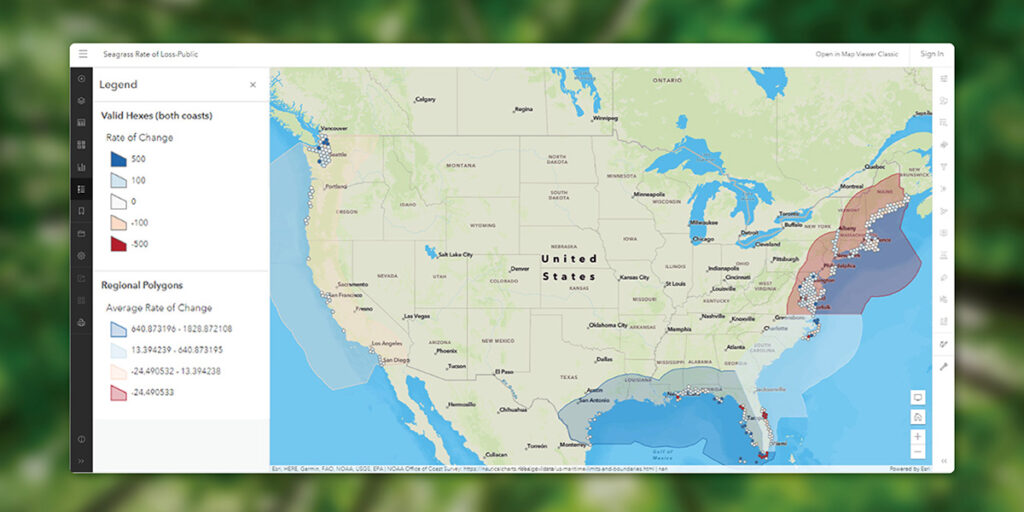What if you lived in a neighborhood where you didn’t have a local supermarket with affordable and nutritious food offerings? This is a very realistic scenario for many low-income communities in Washington, DC, but a local nonprofit—DC Central Kitchen (DCCK)—is aiming to solve this issue.
The organization provides culinary job training for individuals facing barriers to employment while simultaneously bringing nourishing foods and meals to communities that lack fairly-priced and wholesome options. Partnering with DC schools, community agencies, and corner stores, DCCK is continuing to find inventive and impactful ways to combat hunger and create healthy food access—and Blue Raster had the opportunity to be part of this mission.
Introducing the Free Healthy Corners Shopper App
In 2022, DCCK came to Blue Raster with the Healthy Corners Shopper app—originally developed by students at the University of California, Berkley—with the goal to display corner stores in DC neighborhoods that offer fresh, affordable produce to residents through the Healthy Corners program.
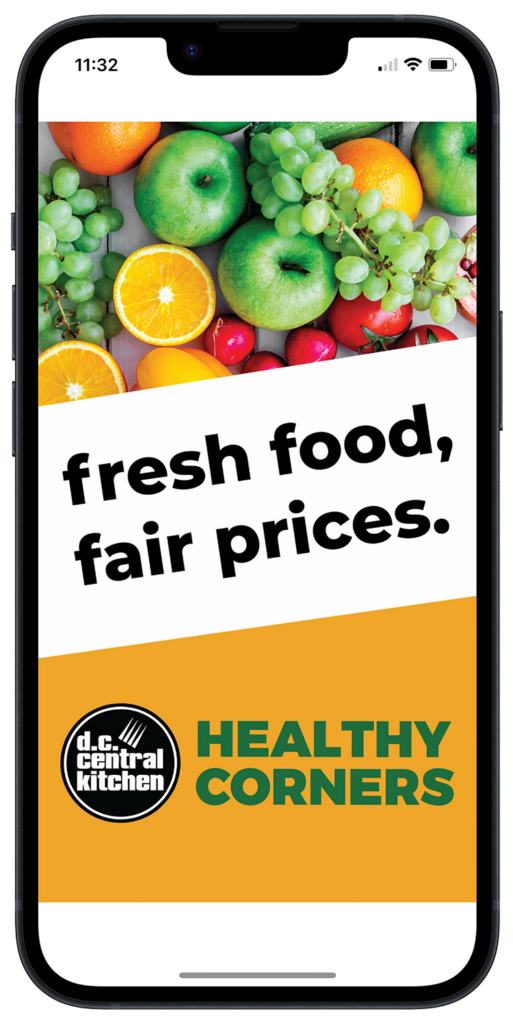
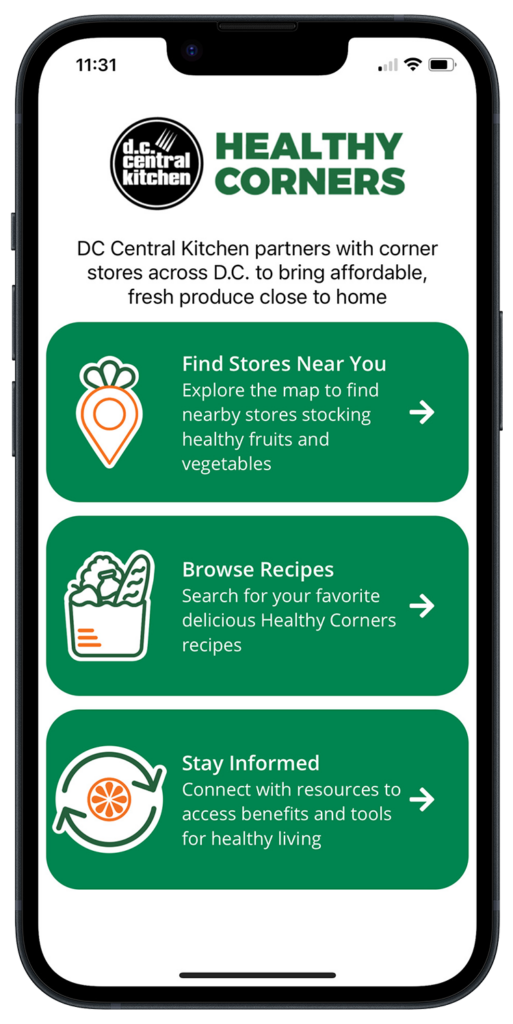
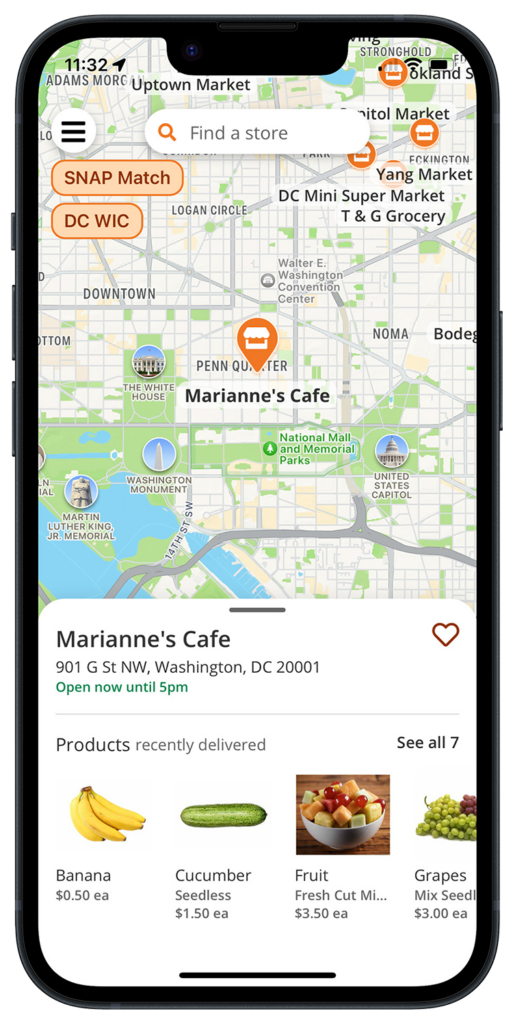
DCCK wanted a user-friendly application that would clearly show customers product availability by location and offer free recipes, resources, and more to inspire better eating. In addition to showing the location of inexpensive produce, the app also notes which stores in the Healthy Corners program offer a “SNAP Match” coupon program for SNAP/EBT customers and/or serve as DC WIC-approved vendors.
An App that Serves Up Real Change
Working off the original application structure, Blue Raster made the Healthy Corners Shopper app production-ready using the cross-platform framework React Native with an innovating backend in Airtable—a low-code platform for building applications.
Since 2020, DCCK’s Healthy Corners program has assisted in selling over 1.2 million units of healthy food options in DC corner stores (Source: https://dccentralkitchen.org/healthy-corners), and the Healthy Corners Shopper app is only helping that number rise. Interested individuals can download the app for free on their Android or iOS device—with exciting, new features coming soon thanks to the continued collaboration of DCCK and Blue Raster.
Strengthening Food Security in DC
Learn more and explore DCCK’s Healthy Corners Shopper app here, or contact Blue Raster today to discuss our hands-on process for creating custom mobile applications.



